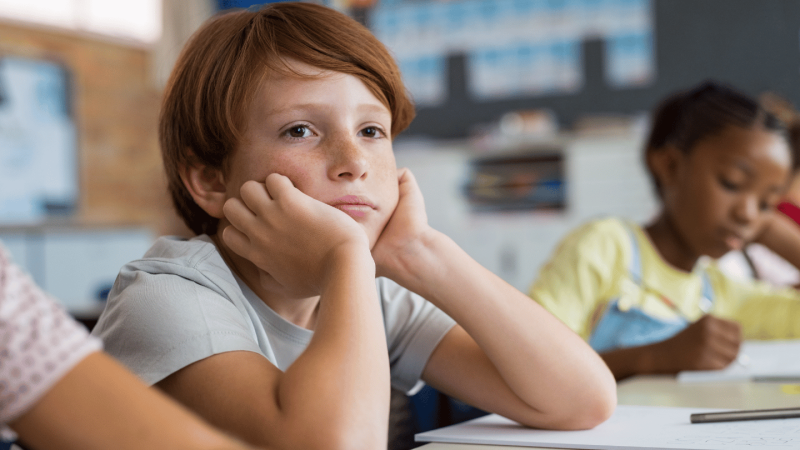
To schedule an interview, contact Kristen Williamson at 224-358-2573 or [email protected].
CHICAGO (March 20, 2023) — Hundreds of millions of dollars in federal Covid relief intended for disadvantaged students has failed to reach them, according to a new report by government watchdog organization the National Opportunity Project. The first-of-its-kind report, which relied on public records requests, research, and direct communication with state education officials in all 50 states, found that at least $736 million across 27 states has been or is at risk of being diverted away from the country’s youngest and most at-risk students.
The Educational Assistance for Non-public Schools (EANS) program was created by Congress to be a lifeline for independent, private, and religious schools serving largely low-income students most affected by Covid. But the guidance to states for distributing $5.5 billion in EANS funds was unclear at best—and at worst seriously flawed, creating a lack of transparency and consistency in disbursing the critical aid.
What’s more, the National Opportunity Project (NOP) uncovered a statutory spoiler that allows funds intended to help schools and students to instead be used by governors on pet projects—many of which have little to do with K-12 education.
“Our youngest students have paid the steepest price for our pandemic policy decisions and should be our No. 1 priority,” said Patrick Hughes, president and founder of the National Opportunity Project. “The fact that we found at least $736 million in federal funding that has not reached our K-12 schools is alarming. It should not be used by governors for grants on special projects when young and low-income students are months or even years behind in learning. We are working to get the remaining federal funding to the independent, private, and religious school students Congress intended to reach.”
NOP found that governors of both political parties had varying levels of success distributing the federal funds to students and schools in need, resulting in the hundreds of millions of dollars that have yet to be allocated. A legislative loophole then enabled governors to use unspent EANS funds on projects and programs unrelated to nonpublic schools. Examples NOP uncovered include:
- Alaska gave $1.2 million toward a program that uses the video game Minecraft to teach coding.
- Colorado directed $5 million to Colorado RISE Turnaround Fund Grants, which go to public schools and nonprofits, not private schools.
- Georgia put $34 million to grants for Georgia’s public schools.
- Kansas granted $6 million to a summer program that gives children and their families/caregivers free admission to museums, zoos, and historic sites.
- New Mexico granted $5.4 million to school-based health clinics, a public-school project already underway pre-pandemic.
- North Carolina used $7.7 million for mental health programs at public colleges.
- Oregon gave $1.6 million to “Moonshot for Equity,” a multi-year initiative aimed at “eliminating equity barriers” in several state colleges.
- South Carolina gave $25 million to Workforce Scholarships for the Future, a community college workforce preparedness program.
- West Virginia used $600,000 for awards to 12 public schools that won a statewide “I Got Vaxxed!” competition.
The funding for nonpublic schools did not come at the expense of public schools, which received hundreds of billions of dollars of emergency aid from the government. But aid for nonpublic schools did come with restricted uses and more strings attached.
Although low-income, minority, and at-risk students at these schools suffered from school closures and government policies like their public-school counterparts, federal funding for nonpublic schools was primarily focused on mitigating the effects of the Covid illness itself, rather than long-term learning loss and mental health needs. Political negotiations and competing interests led Congress to give governors the responsibility to handle outreach, applications, and allocation of the federal funds.
“It is our responsibility as Americans to be vigilant about how the government uses our money,” continued Hughes. “Independent, private, and religious schools strove to open in the wake of Covid, but certain students are still struggling to catch up. We have a small window of time to do the right thing and use this aid at nonpublic schools to improve curriculum, target learning gaps, purchase technology, and develop and support mental health programs.”
Read the full National Opportunity Project report and issue brief here: https://www.nationalopportunity.org/eans-funding-report.
